Tags
Alexander Pope, Amsterdam, Bastille, British, Drake Stillman, England, English, Enlightenment, France, Francis Bacon, French, French Parliament, Galileo, Isaac Newton, Italian, John Locke, John Lockman, John Milton, Jonathan Swift, letters, London, Pennsylvania, Quakers, rare books, Roman Catholic Church, tail pieces, University of Toronto, vignettes, Voltaire, William Bowyer, William Penn, William Shakespeare

“The great Freedom with which Mr. de Voltaire delivers himself in his various Observations, cannot give him any Apprehensions of their being less favourably receiv’d upon that Account, by a judicious People who abhor flattery. The English are pleas’d to have their Faults pointed out to them, because this shews at the same Time, that the Writer is able to distinguish their merit.”
Letters Concerning the English Nation…
Voltaire (1694-1778)
London: Printed for C. Davis…and A. Lyon…, 1733
First edition
PQ2086 L4 E5 1733
Voltaire (nee François-Marie Arouet) fled to England after arguing with powerful French political figures. During his exile, from 1726 to 1728, he learned English, reading the works of William Shakespeare, John Milton, Isaac Newton, and Francis Bacon; and met other British authors such as Alexander Pope and Jonathan Swift. The British embraced Voltaire as a victim of France’s political discrimination.
In Letters, Voltaire, with the works of John Locke and Enlightenment authors as his basis, wrote a slur against the French government and the French Roman Catholic Church, calling for political and religious reform. Letters was translated from French into English by John Lockman from a manuscript prepared by Voltaire.
Voltaire wrote about Isaac Newton and his theories in four of the letters. He told the story of the falling apple as the impetus for Newton’s theorem of the law of gravity, the first time this anecdote was told in print.
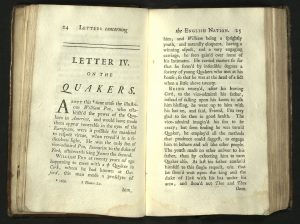
“…as he was walking one Day in his Garden, and saw some Fruits fall from a Tree, he fell into a profound Meditation on that Gravity, the Cause of which has so long been sought, but in vain, by all the Philosophers, whilst the Vulgar think there is nothing mysterious in it. He said to himself, that from what height soever, in our Hemisphre, those Bodies might descend…Why may not this Power which causes heavy Bodies to descend, and is the same without any sensible Diminution at the remostest Distance from the Center of the Earth, or on the Summits of the highest Mountains; Why, said Sir Isaac, may not this power extend as high as the Moon?”
Voltaire also wrote about William Penn and the founding of Pennsylvania as a haven for Quakers.
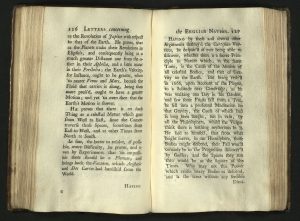
About this time arose the illustrious William Pen, who establish’d the power of the Quakers in America, and would have made them appear venerable in the eyes of the Europeans, were it possible for mankind to respect virtue, when reveal’d in a ridiculous light…Pen set sail for his new dominions with two ships freighted with Quakers, who follow’d his fortune. The country was then call’d Pensilvania from William Pen, who there founded Philadelphia, now the most flourishing city in that country.”
Letters was published in French in Amsterdam in 1734. It was immediately condemned by the French Parliament. Copies that made it into France were confiscated and burned. A warrant was issued for Voltaire’s arrest. The printer was imprisoned in the Bastille. At the same time, it was a bestseller in England, going through several more editions during the eighteenth century.
It is likely that this English edition was printed by William Bowyer (1699-1777), as the ornaments (the title vignette and tail-pieces) are those used in other of his imprints.
Rare Books copy has the bookplate of Drake Stillman (1910-1993), an emeritus professor of the history of science at the University of Toronto. He published many translations of the works of Galileo and other sixteenth century Italian scientists.
Recommended reading:
Galileo at Work: His Scientific Biography
Stillman Drake
Chicago: University of Chicago Press, 1978
QB36 G2 D69, L1
Telescopes, Tides, and Tactics: A Galilean Dialogue about The Starry Messenger and Systems of the World
Stillman Drake
Chicago: University of Chicago Press, 1983
QB41 G178 D7 1983, L1
Galileo: Pioneer Scientist
Stillman Drake
Toronto: University of Toronto Press, 1990
QB36 G23 D67 1990, L1

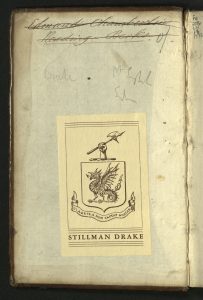
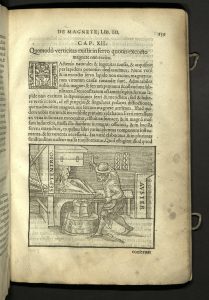
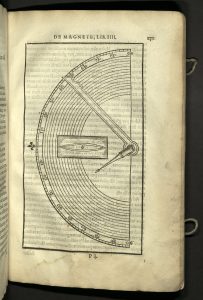
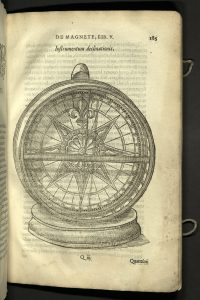
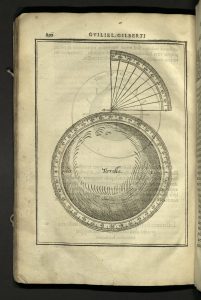
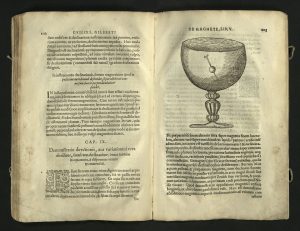
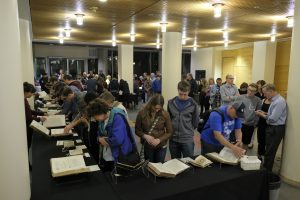



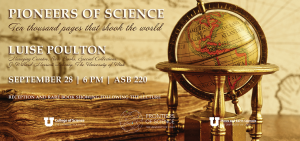

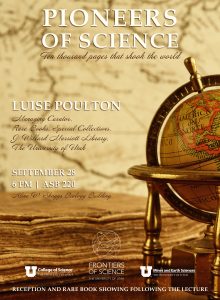
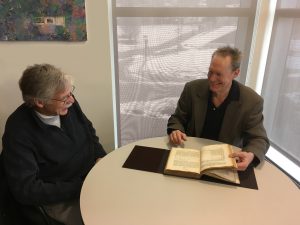
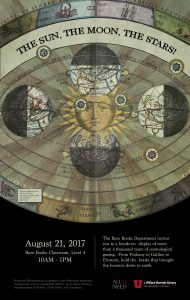
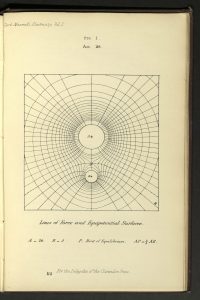
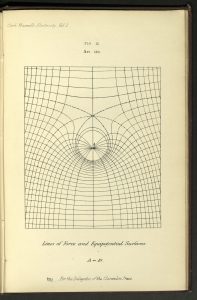
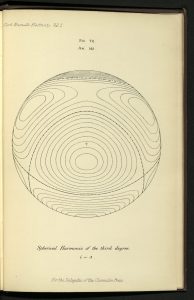
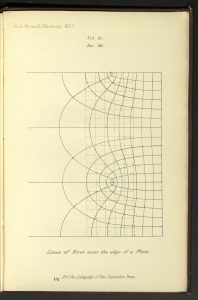
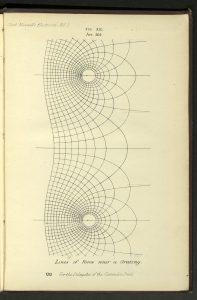

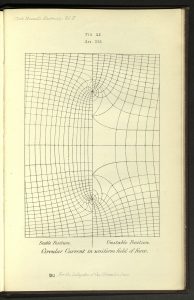
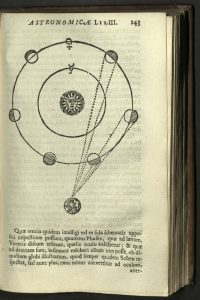
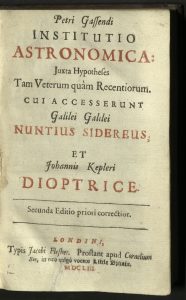
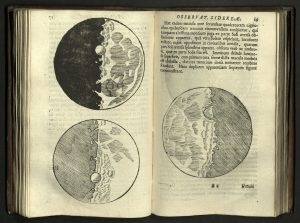
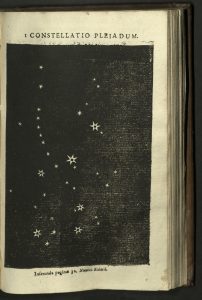

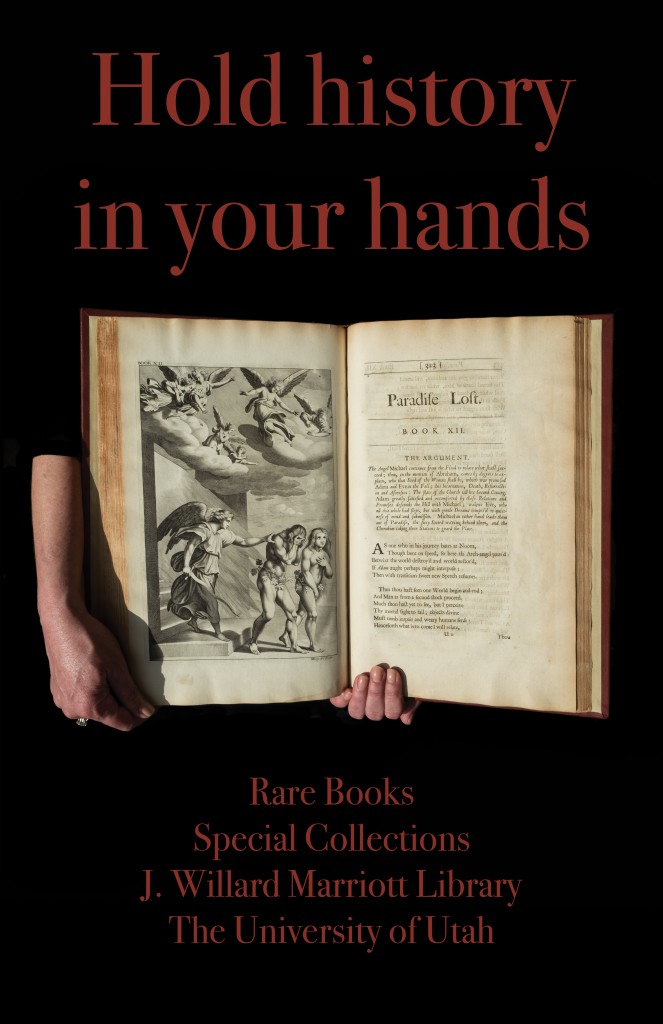

You must be logged in to post a comment.